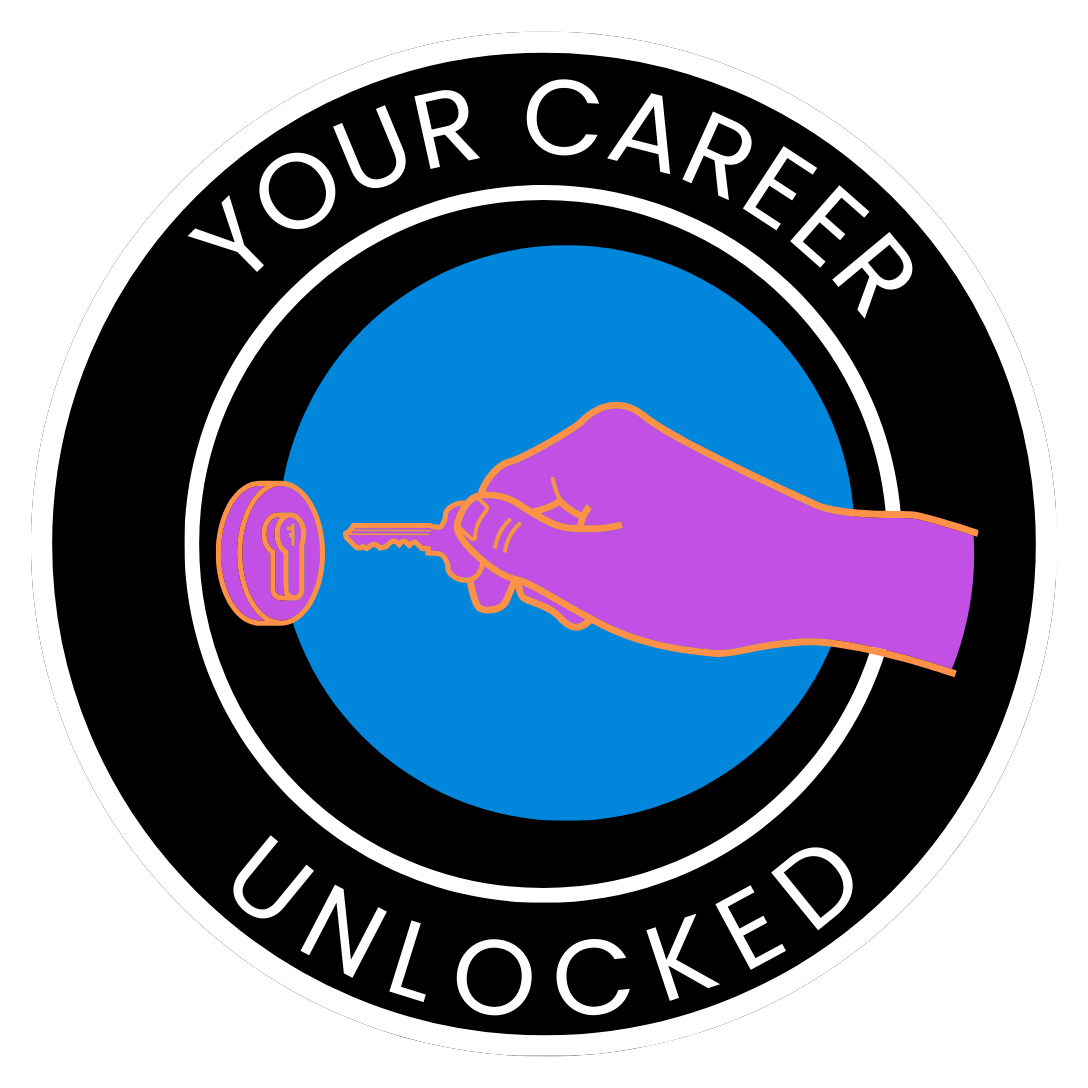Managing Your Calendar to Avoid Burnout: A Smarter Approach to Scheduling
Burnout doesn’t happen overnight—it builds gradually from unmanaged stress, overcommitment, and a lack of boundaries. One of the most effective ways to combat this is by managing your calendar thoughtfully. It’s not just about scheduling tasks; it’s about designing your day with intention. Here’s how to take control of your time and create a calendar that supports productivity without sacrificing your well-being.
1. Treat Your Calendar as Sacred Space
Your calendar isn’t just a to-do list; it’s a reflection of your priorities. Treat it with respect and only add tasks or events that truly matter. Before committing to anything, ask yourself:
- Does this align with my goals?
- Can this task be delegated or delayed?
Guard your time fiercely—if it doesn’t need to be on your calendar, don’t put it there.
2. Schedule Buffer Time for Tasks
One of the most common causes of burnout is overscheduling. When your day is packed back-to-back, there’s no room for unexpected delays or much-needed breaks. Here’s how to add breathing room to your schedule:
- Between Meetings: Leave 10–15 minutes between meetings to reset, take notes, or simply recharge.
- For Complex Tasks: Double the time you think a task will take. This accounts for unforeseen hurdles and ensures you don’t feel rushed.
- Transition Time: Add 5–10 minutes before and after tasks to mentally prepare or switch gears.
Pro Tip: Use calendar tools like Google Calendar or Outlook to set default event durations and buffer times automatically.
3. Prioritize “Deep Work” Blocks
Deep work—focused, undistracted time—is where your most meaningful contributions happen. Schedule dedicated blocks for high-priority work:
- Block off 2–3 hours during your peak productivity time (morning or afternoon, depending on your energy levels).
- Silence notifications and let your team know you’re unavailable during these periods.
- Use tools like “Focus Time” in Microsoft Teams or Google Workspace to minimize interruptions.
4. Color-Code for Clarity
Visual clarity can reduce the cognitive load of managing your calendar. Use color coding to differentiate between:
- High-priority tasks: Bright colors like red or orange.
- Meetings: Neutral tones like gray.
- Personal time: Calming colors like green or blue.
This makes it easier to assess your day at a glance and ensures you’re not overloading one category.
5. Schedule Breaks and Downtime
Burnout often stems from neglecting basic needs like rest and rejuvenation. Block time for:
- Lunch: Even 30 minutes to step away from your screen can make a huge difference.
- Movement: A quick walk or stretch break improves focus and energy.
- Mental Recovery: Set aside at least 15 minutes daily for mindfulness, reading, or anything that relaxes you.
Pro Tip: Use timers or apps like Pomodoro to remind yourself to take breaks.
6. Plan Weekly Reviews
A chaotic calendar often results from reactive planning. Instead, spend 30 minutes each week reviewing and organizing your upcoming schedule:
- Reflect on what worked and what didn’t last week.
- Adjust buffer times, meeting cadences, and task priorities as needed.
- Block off time for critical tasks before your calendar fills up.
7. Say “No” Strategically
Every “yes” to a new commitment is a “no” to something else—often your personal time. Practice saying no by:
- Offering alternatives (e.g., “I can’t meet this week, but let’s connect next Tuesday.”).
- Delegating to others who are equally capable.
- Protecting your boundaries with clear communication.
8. Leverage Technology to Stay on Track
Use calendar tools and productivity apps to automate and enhance your scheduling:
- Google Calendar: Set recurring events, reminders, and default buffer times.
- Calendly: Let others book meetings within your available slots, ensuring you stay in control.
- Time-blocking apps: Tools like Clockwise can optimize your schedule by automatically moving tasks around to create focus time.
Final Thoughts
Your calendar is a powerful tool for avoiding burnout—if you use it wisely. By incorporating buffer time, prioritizing deep work, and protecting your boundaries, you can create a sustainable schedule that supports both productivity and well-being.
Remember, managing your calendar isn’t about squeezing in as much as possible—it’s about making space for what truly matters. Start today by evaluating your current schedule and applying these tips to design a life where balance and success coexist.

